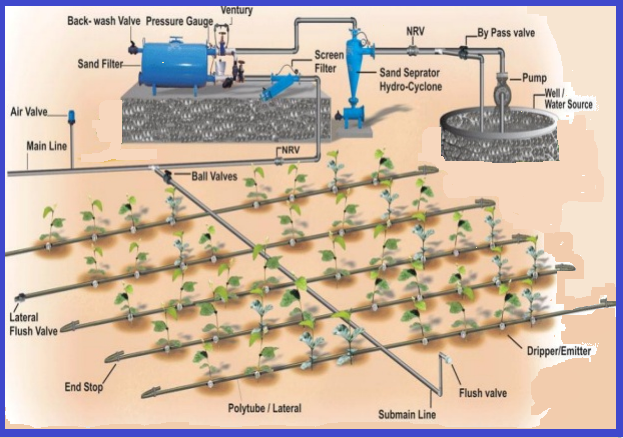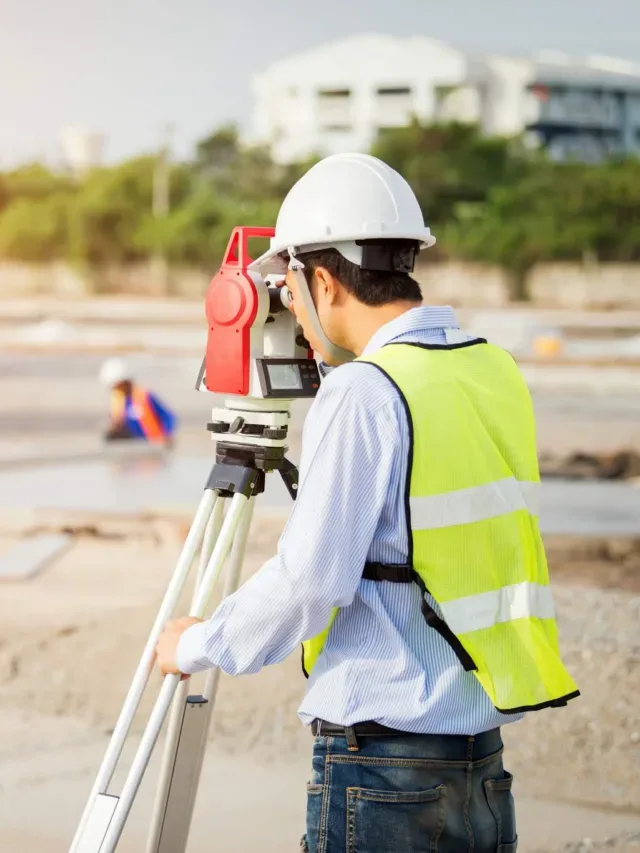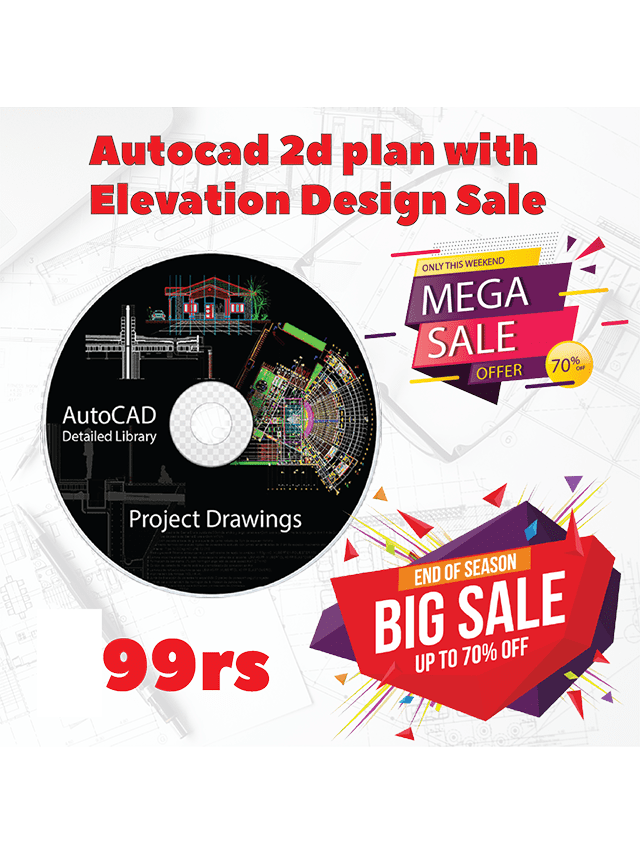DRIP IRRIGATION

DRIP IRRIGATION
INTRODUCTION
1.1 GENERAL
Irrigation may be defined as the process of supplying water to land by artificial means for the purpose of cultivation.Ordinarily water is supplied to land by nature through rain but generally it is not enough for the proper growth of plants.As such as the basic objective of irrigation is to supplement the natural supply of water to land so as to obtain the an optimum yield from the crop grown on the land.
In order to achieve this objective of irrigation, an irrigation system is required to developed, which involves planning, designing, construction, operation and maintenance of various irrigation works viz, a source of water supply, a distribution system for carrying water from the source to the agricultural land and its application on the land, and various other associated works.The factors which neccessitate irrigation are:
Ø Inadequate rainfall
Ø Uneven distribution of rainfall
Ø Growing a number of crops during a year
Ø Growing superior crops
1.2 METHODS OF IRRIGATION
Irrigation methods are commonly designated according to the manner in which water is applied to the land to be irrigated.
1.2.1 Surface Irrigation Methods
The water is applied by spreading in it sheets or small streams on the land to be irrigated.These methods are adopted for perennial irrigation system.
1.2.2 Sprinkler Irrigation Methods
The irrigation water is applied to the land in the form of spray, somewhat as in ordinary rain.It can be used for all the crops except rice and jute and for almost all soils except very heavy soils with very low filtration rates.
1.2.3 Sub-Surface Irrigation Methods
The water is applied below the ground surface so that it is supplied directly to the root zone of the plants.The main advantages of these methods are that the evaporation losses are considerably reduced and the hindrance caused to cultivation by the presence of borders, pipes and field channels in the other methods of irrigation is eliminated.
1.3 DRIP OR TRICKLE IRRIGATION METHOD
Drip irrigation,also known as trickle irrigation or microirrigation is one of the sub-surface irrigation method of applying water or frequent application of water to crops through small emitters in the vicinity of the root zone, wetting a limited amount of surface area and depth of soil. The theory behind drip irrigation is to apply sufficient moisture to the root of the crops to prevent water stress. A major difference between drip system and most other systems is that the balance between crop evapotranspiration and applied water is maintained over limited periods of 24 to 72 hours. The conversion from sprinkler to drip irrigation can result in water use reduction of 50% and double yield. This is a result of improved water use and fertility and reduced disease and weed pressure.
1.4 NEED OF DRIP IRRIGATION
Drip irrigation can help you use water efficiently.A well-designed drip irrigation system loses practically no water to runoff, deep percolation, or evaporation. Drip irrigation reduces water contact with crop leaves, stems, and fruit. Thus conditions may be less favorable for the onset of diseases. Irrigation scheduling can be managed precisely to meet crop demands, holding the promise of increased yield and quality.Growers and irrigation professionals often refer to “subsurface drip irrigation,”or SDI. When a drip tape or tube is buried below the soil surface, it is less vulnerable to damage during cultivation or weeding. With SDI, water use efficiency is maximized because there is even less evaporation or runoff.Agricultural chemicals can be applied more efficiently with drip irrigation. Since only the crop root zone is irrigated, nitrogen already in the soil is less subject to leaching losses, and applied fertilizer N can be used more efficiently. In the case of insecticides, less product might be needed.








